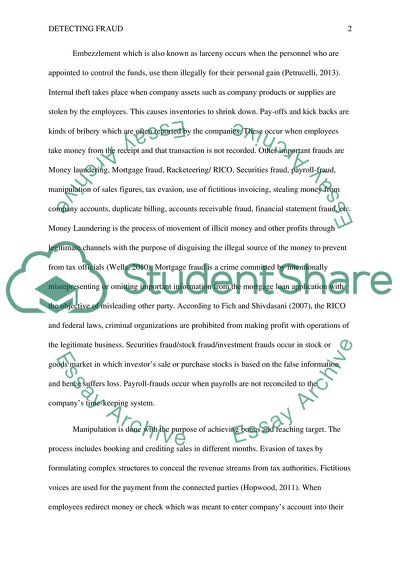Cite this document
(“Tools Used for Examining Frauds Term Paper Example | Topics and Well Written Essays - 2000 words”, n.d.)
Tools Used for Examining Frauds Term Paper Example | Topics and Well Written Essays - 2000 words. Retrieved from https://studentshare.org/finance-accounting/1695013-detecting-fraud
Tools Used for Examining Frauds Term Paper Example | Topics and Well Written Essays - 2000 words. Retrieved from https://studentshare.org/finance-accounting/1695013-detecting-fraud
(Tools Used for Examining Frauds Term Paper Example | Topics and Well Written Essays - 2000 Words)
Tools Used for Examining Frauds Term Paper Example | Topics and Well Written Essays - 2000 Words. https://studentshare.org/finance-accounting/1695013-detecting-fraud.
Tools Used for Examining Frauds Term Paper Example | Topics and Well Written Essays - 2000 Words. https://studentshare.org/finance-accounting/1695013-detecting-fraud.
“Tools Used for Examining Frauds Term Paper Example | Topics and Well Written Essays - 2000 Words”, n.d. https://studentshare.org/finance-accounting/1695013-detecting-fraud.


